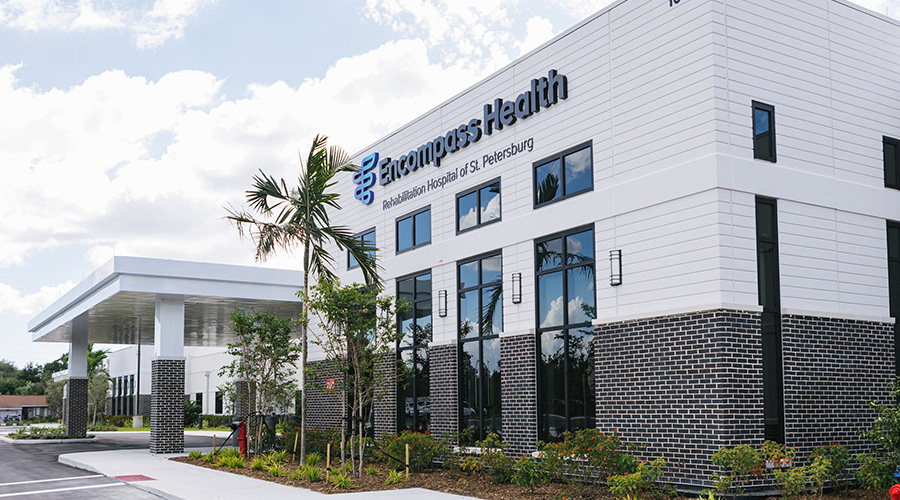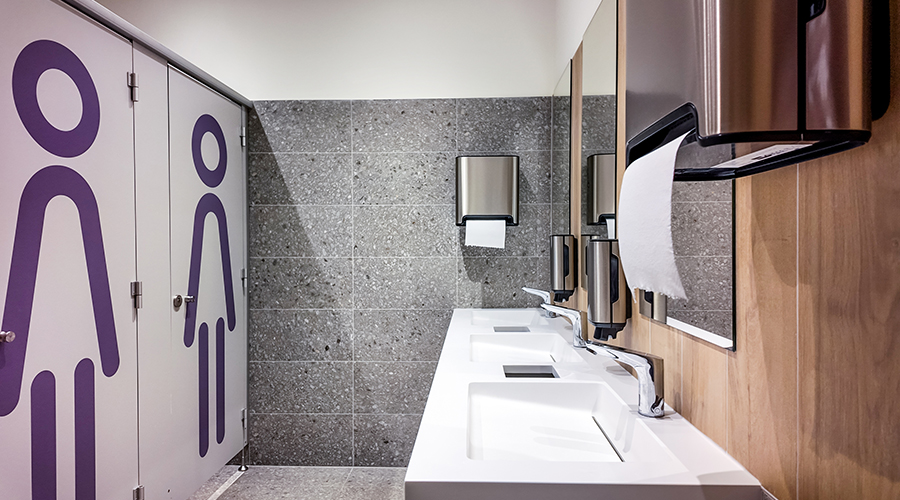When architects were considering the infrastructure needs of the University of Minnesota Masonic Children’s Hospital during a renovation project, they looked at the facility’s future as well as immediate needs, according to an article on the Health Facilities Management website.
“The existing plant was from the 1890s, and we had to take a large step back to make sure the mechanical and electrical systems would work for today and for future expansion,” Krista McDonald Biason, associate vice president of HGA, said in the article.
The changes in reimbursement, a growing senior population and other trends are driving the need for more flexible facilities.
Such unpredictability required flexibility because it does not make sense to spend $100 million on a building that may be made obsolete by changing conditions, the article said.

 A 'Superbug' Is on the Rise in Hospitals
A 'Superbug' Is on the Rise in Hospitals The Next Generation of Security Tech in Healthcare Facilities
The Next Generation of Security Tech in Healthcare Facilities Encompass Health Rehabilitation Hospital of St. Petersburg Opens
Encompass Health Rehabilitation Hospital of St. Petersburg Opens Why More Facilities are Adding Gender Neutral Restrooms
Why More Facilities are Adding Gender Neutral Restrooms Massachusetts Hospital Cyberattack Reflects Growing Vulnerability in Healthcare Systems
Massachusetts Hospital Cyberattack Reflects Growing Vulnerability in Healthcare Systems